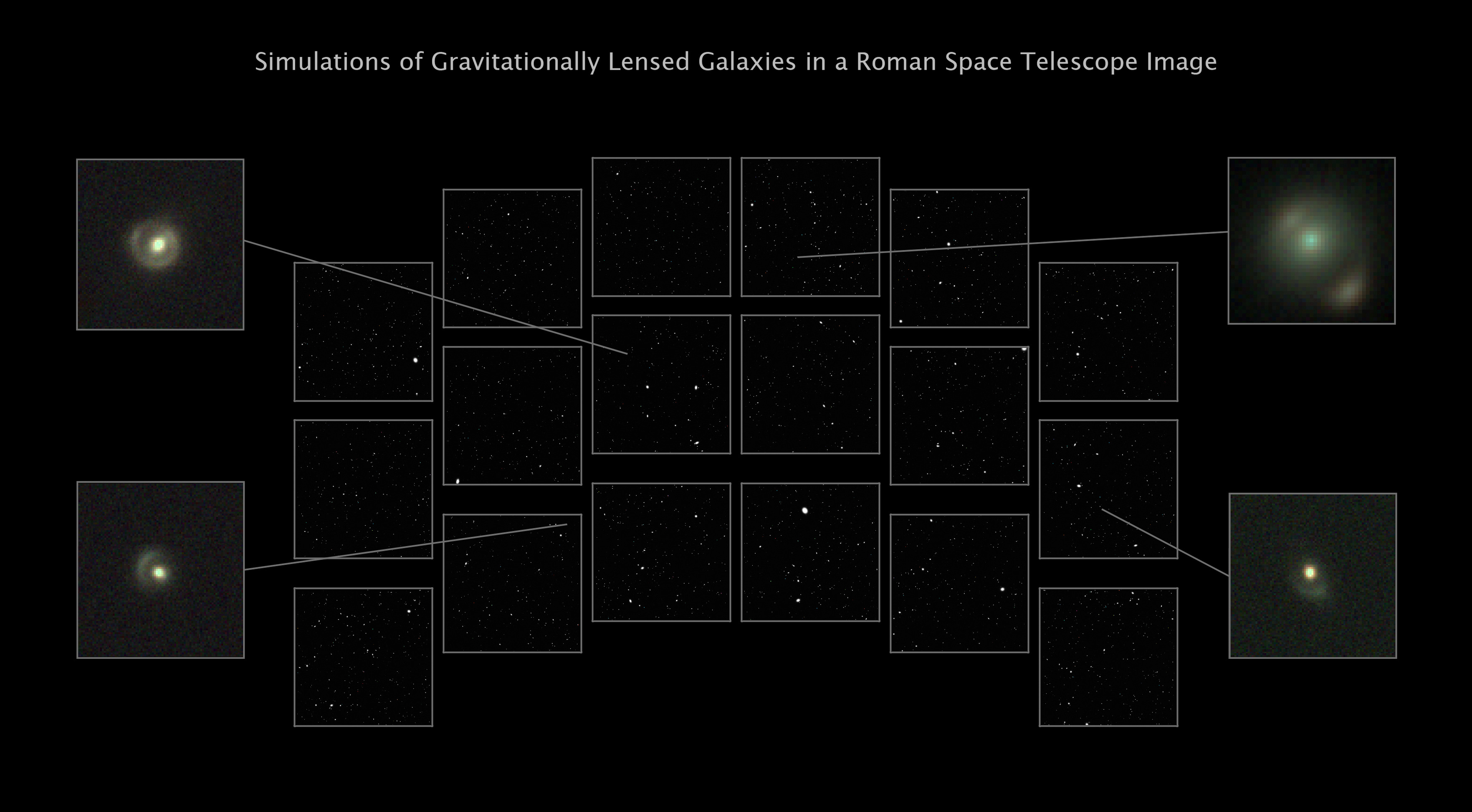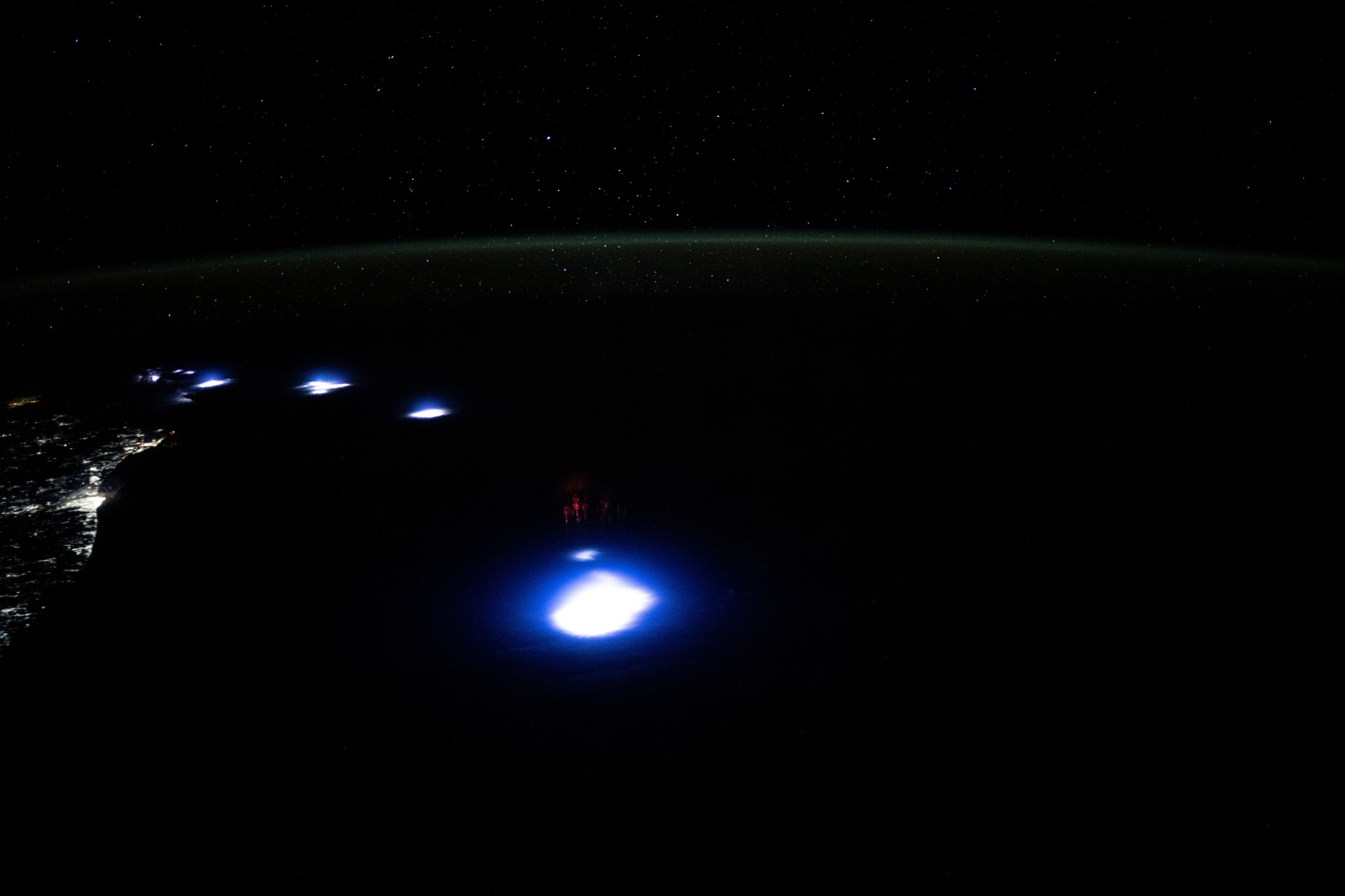2025-06-12 NASA
<関連情報>
- https://www.nasa.gov/missions/station/iss-research/emit/nasa-sensor-on-space-station-eyes-contamination-off-california-coast/
- https://www.sciencedirect.com/science/article/pii/S0048969725012392
実験室、フィールド、EMIT衛星分光法を用いたティファナ川河口域における廃水のハイパースペクトル特性評価 Hyperspectral characterization of wastewater in the Tijuana River Estuary using laboratory, field, and EMIT satellite spectroscopy
Eva Scrivner, Natalie Mladenov, Trent Biggs, Alexandra Grant, Elise Piazza, Stephany Garcia, Christine M. Lee, Christiana Ade, Nick Tufillaro, Philipp Grötsch, Omar Zurita, Benjamin Holt, Daniel Sousa
Science of The Total Environment Available online: 8 May 2025
DOI:https://doi.org/10.1016/j.scitotenv.2025.179598
Graphical abstract

Highlights
- Reflectance spectra of Tijuana River wastewater dilutions contain a 620 nm spectral dependency.
- The depth of this feature is highly correlated with paired water quality parameters (R2 ≥ 0.97, p-value < 0.01)
- One of the first applications of EMIT imagery for water quality utility is presented.
- Future algorithms may be fitted to remotely retrieve water quality parameters that co-vary with this spectral feature.
Abstract
Hundreds of millions of liters of untreated wastewater are discharged into the Tijuana River annually, impacting communities on both sides of the US-Mexico border. Current monitoring methods are resource-intensive and limited in coverage. Optical satellite imaging may enable broader spatiotemporal monitoring, yet retrievals of bacterial concentrations and other key water quality indicators remain challenging. Here we investigate the utility of spectroscopic sensors to monitor the presence of wastewater in this estuarine-coastal system, as a proxy for bacterial concentrations and other water quality parameters. We prepared dilutions of untreated wastewater and uncontaminated seawater, measuring visible through shortwave infrared (VSWIR; 350–2500 nm) reflectance spectra of each sample. At high wastewater concentrations, a distinct spectral feature centered near 620 nm strongly correlated with paired water quality measurements (R2 ≥ 0.97, p-value < 0.01). This feature is additionally observed in multispectral resolution, in field observations, and in hyperspectral satellite imagery. An example application of plume mapping with this feature is presented, representing one of the earliest adoptions of EMIT hyperspectral satellite imagery for water quality monitoring. These results are promising for the use of spectroscopic sensors to map and monitor wastewater pollution in the Tijuana River Estuary and potentially, similarly polluted coastal and estuarine systems.



